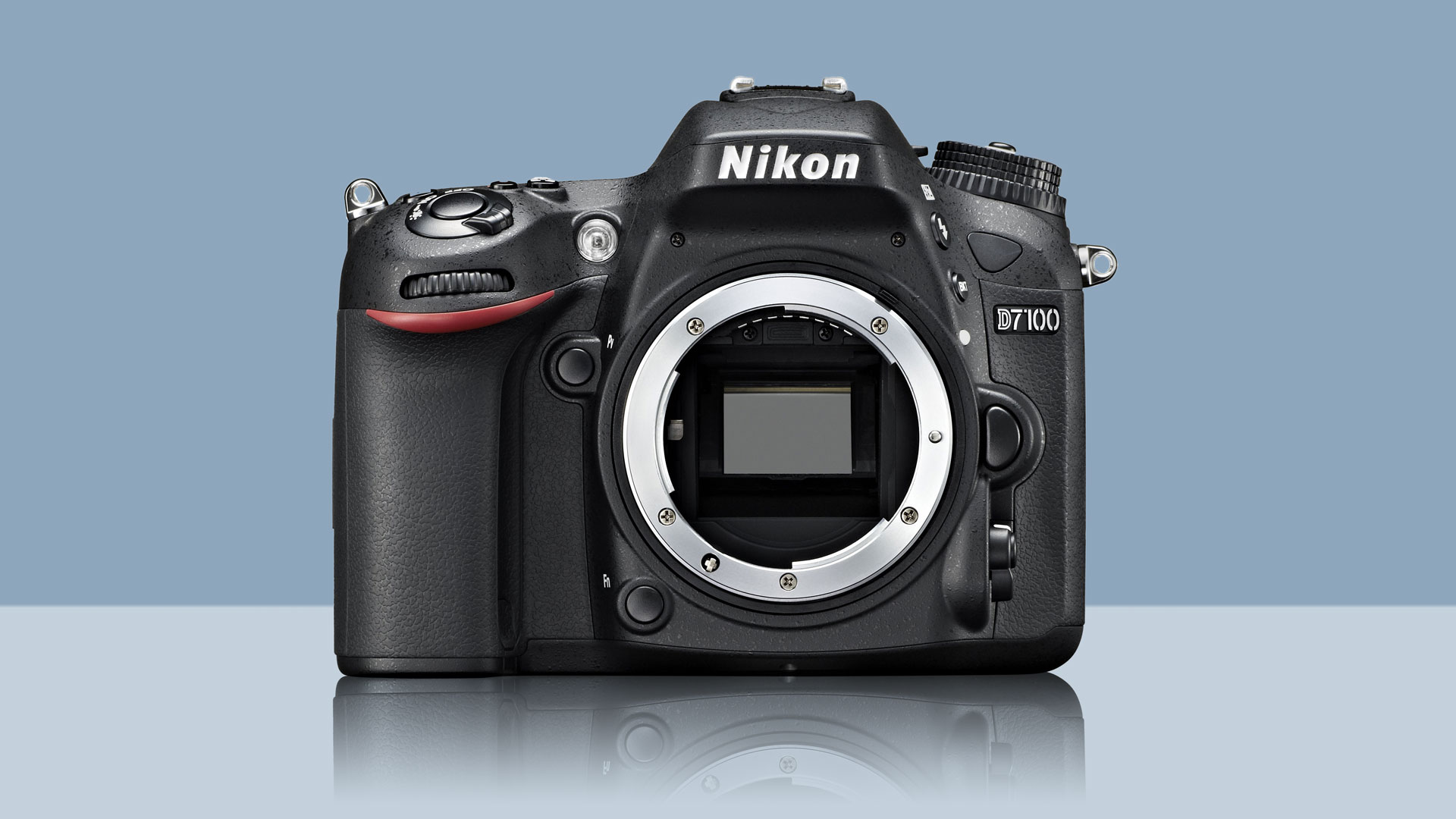Why you can trust TechRadar
Although it doesn't have the bomb-proof air of pro Nikons like the Nikon D4s, the Nikon D7100, like the D7200, feels very nicely put together and has a solid build. Its weatherproof seals also mean that it can be used in a wide range of conditions and you don't need to head home if the heavens open. It survived a fair amount of spray and drizzle during our testing period.
Softly textured coatings on the front and rear grips provide decent purchase so that the camera feels comfortable in your hand, even when carried for long periods between shots.
Weighing 675g/1.49lbs, the Nikon D7100 is not especially heavy, but most users will find that they need to use it two-handed, with the left hand supporting the lens and reaching for the controls on the left of the camera (as it's held).
While the lock buttons are useful for preventing dials from being knocked out of position they can make using those controls a little more fiddly. Initially this seems to be the case with the Nikon D7100's mode dial, but it doesn't take long to get used to pressing down the central button while rotating the dial to the correct mode.
It's a similar story with the drive mode dial, but if you press the lock down with your left thumb you'll find your forefinger has enough purchase on the dial's ridged front surface to rotate it easily.
The Live View switch is near the bottom of the back of the camera and there are two settings; one for stills and the other for video Live View mode. Pressing the Lv button at the centre of the switch activates the Live View feed.
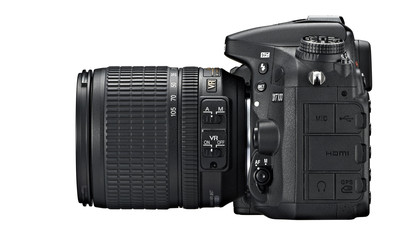
This change to the button layout has meant that the video activation button has had to be relocated and, as with Nikon's other recent DSLRs, it is near the shutter release button.
Nikon has introduced an 'I' button at the bottom-left of the back of the Nikon D7100. Pressing this gives you quick access to some key features such as the 1.3x Crop mode, Picture Control mode and HDR mode. It's a useful addition that complements the healthy collection of direct controls.
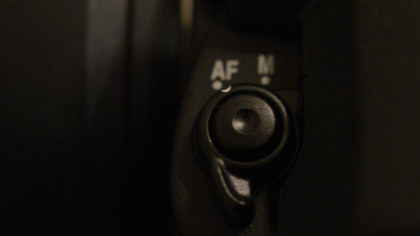
The Nikon D7100 and D7200 both use this AF mode button and focus mode selector switch combination found in Nikon's enthusiast- and professional-level cameras.
These controls sit within convenient reach of the left thumb while looking through the viewfinder, and when used in conjunction with the front and rear dials they enable the camera to be switched between the various AF modes and manual focus mode without taking the camera away from the eye.
The lettering inside the viewfinder also makes it very clear which autofocus mode is selected – not all manufacturers manage to achieve this.
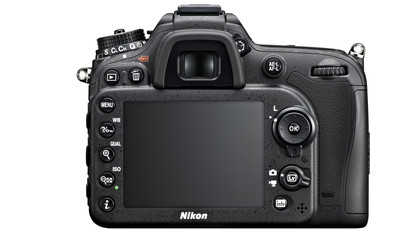
Since it's a DSLR, the Nikon D7100 has an optical viewfinder. This is a nice, bright pentaprism device that shows approximately 100% of the image frame, so you can compose with confidence that there won't be any 'extras' appearing around the edges of the image.
Despite the clarity of the viewfinder, where possible we would opt to use the magnified Live View image on the 3.2-inch, 1,229,000 dot LCD when focusing manually.
This provides a very detailed view even in quite bright light that makes it easy to assess critical focus, so it is especially useful when shooting still life or macro subjects when depth of field is very restricted. It would be even more useful if the screen was articulated like the cheaper Nikon D5200's, though.
There's no real change in the D7200's viewing system, except that the rear screen now offers adjustable color balance.
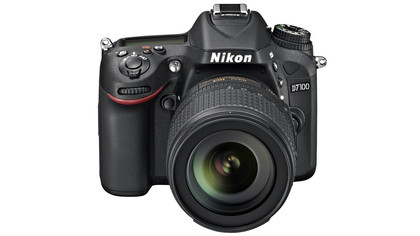
The TechRadar hive mind. The Megazord. The Voltron. When our powers combine, we become 'TECHRADAR STAFF'. You'll usually see this author name when the entire team has collaborated on a project or an article, whether that's a run-down ranking of our favorite Marvel films, or a round-up of all the coolest things we've collectively seen at annual tech shows like CES and MWC. We are one.
